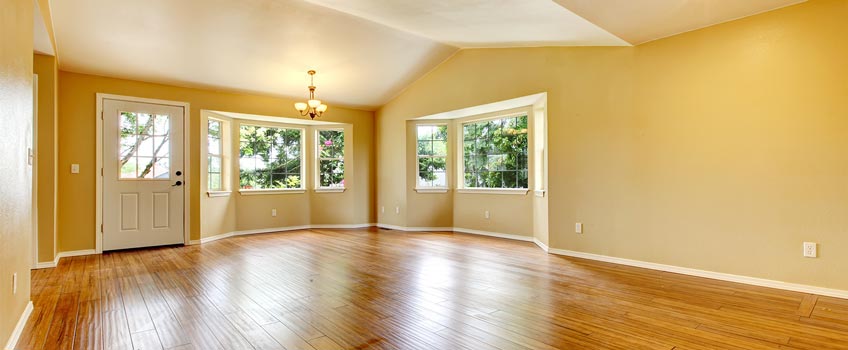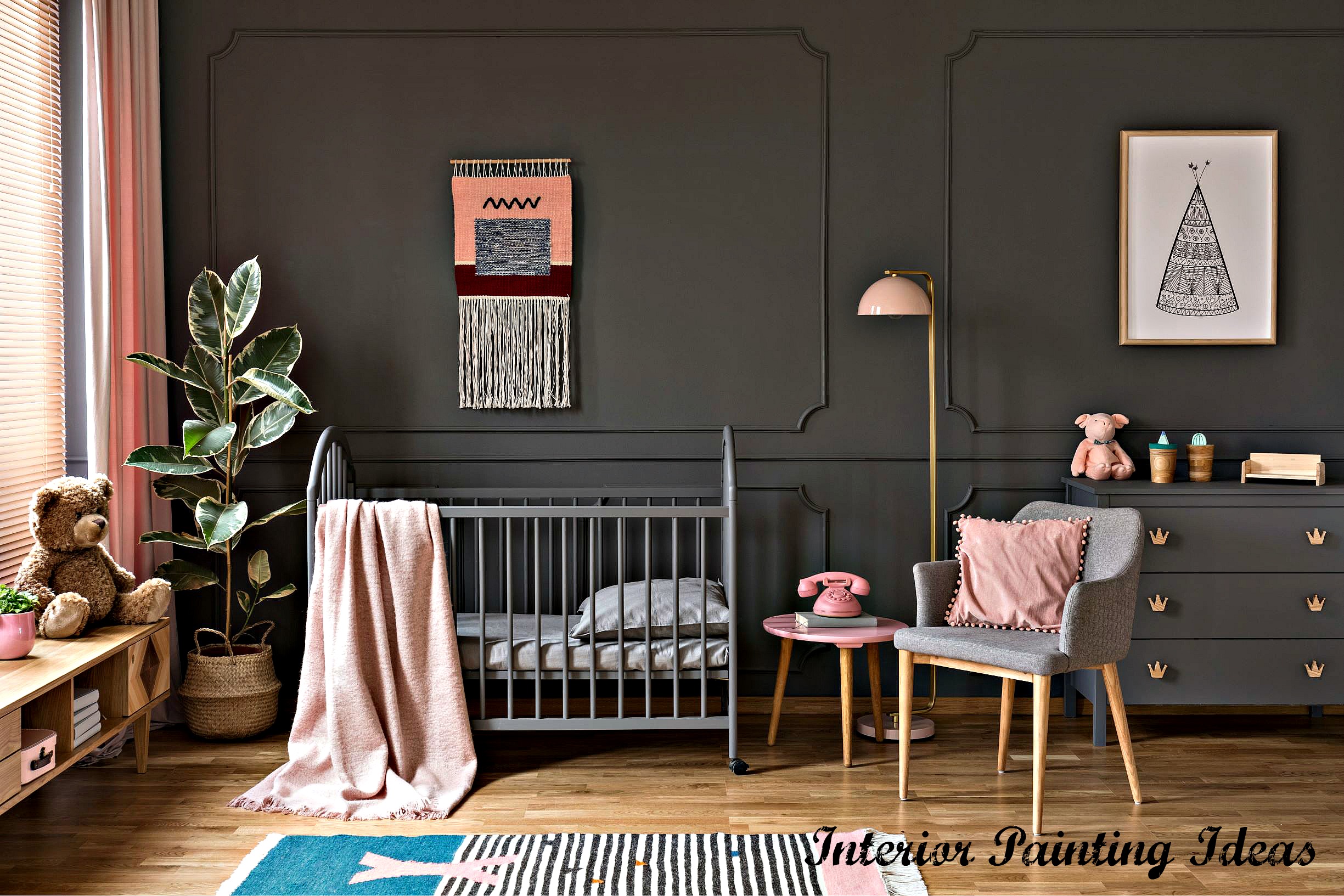Elevate Your Living Atmosphere Through High Quality Color Examination
The importance of color in our living rooms prolongs past plain looks; it greatly affects our emotions and overall wellness. Involving a professional shade consultant can change your atmosphere, tailoring color schemes that reverberate with your character while boosting performance and comfort.
Understanding Color Psychology
Color psychology is regularly considered as a critical element in recognizing human actions and emotions. The influence of shade prolongs beyond mere looks; it can substantially impact mood, understanding, and also decision-making processes. Each color evokes distinctive psychological reactions based upon cultural context and personal experiences. For instance, cozy shades like red and orange have a tendency to promote energy and enjoyment, while amazing colors such as blue and environment-friendly are frequently related to calmness and tranquility.
In addition, the mental influence of shade can differ throughout different atmospheres. In a work environment, as an example, blue tones might boost performance and focus, while softer tones like off-white can promote a feeling of comfort and leisure. Alternatively, excessively bright shades can bring about sensations of frustration or anxiety.
Understanding shade psychology is essential for effective color assessment, as it enables specialists to tailor their suggestions to straighten with the designated psychological and useful goals of a room. By taking into consideration emotional organizations and individual preferences, specialists can produce unified settings that foster health and boost general high quality of life (Lakewood Interior Painting). This understanding serves as a fundamental aspect in the art and science of color application in different settings
Benefits of Specialist Appointment

Additionally, an expert specialist can evaluate your one-of-a-kind living environment, taking into account elements such as natural light, area dimensions, and existing furnishings. This tailored technique makes certain that color choices harmonize with the general design, creating a natural look that could be hard to attain individually.
Time performance is an additional crucial benefit. Specialists simplify the decision-making process, helping customers prevent the frustrating range of options. They can also prepare for potential difficulties, such as shade clashes or undesirable results, and supply solutions before implementation.
In addition, an expert consultation can enhance the value of your residential or commercial property. Well-executed color options can boost a room's appeal, making it much more eye-catching to prospective buyers. In summary, professional shade appointment not only boosts aesthetic appeals yet likewise improves the living setting and sustains educated decision-making.
Choosing the Right Color Pattern
Picking the ideal color pattern is important for achieving an unified and inviting setting. Colors evoke feelings and established the tone for a room, influencing exactly how people regard and engage within it. When selecting a shade system, think about the function of the space, the wanted mood, and the existing architectural attributes.
Begin by determining a shade scheme that reverberates with your vision. Popular selections include single plans, which use differing shades of a single shade, and corresponding plans, which match shades from opposite sides of the color wheel. Additionally, comparable systems, featuring colors alongside each various other, can develop a natural appearance.
It is necessary to test colors in the actual room, as lights problems can dramatically alter their appearance. Paint swatches on walls enables a real-world analysis of exactly how shades engage throughout the day. Take into consideration the equilibrium in between neutral tones and strong shades to guarantee visual interest without frustrating the detects.
Eventually, a well-balanced color pattern can transform an area, producing an ambience that is not just cosmetically pleasing yet also useful and comfortable for its passengers.
Integrating Color With Style Aspects

Textiles play an important duty in color integration. Fabrics such as drapes, carpets, and furniture should mirror the primary color plan, while likewise presenting additional shades to improve the style. Layering structures, such as combining smooth and harsh surfaces, can magnify the color's effect.
Accessories, including art work, decorative objects, and plants, must be selected to echo the shade selections throughout the space. Inevitably, the cautious assimilation of shade with style aspects elevates the living setting, creating a space that is both aesthetically pleasing and useful.
Tips for Keeping Your Shade Selections
Consistently evaluating and upgrading your color options is vital for maintaining a cohesive and lively style. Begin by periodically examining the colors in your area against individual preferences and present fads. Think about the emotional influence of your picked combination; colors can stimulate different feelings and need to align with the intended ambience of each room.
Following, ensure that your shades remain regular across numerous components of your design. This consists of furnishings, art work, and devices. Lakewood Interior Painting. Blending a lot of tones can lead to aesthetic chaos, so select a color pattern that permits for adaptability while still keeping unity
Make use of example boards or digital tools to imagine just how shades engage with one another in different illumination conditions. Remember, natural light can substantially modify the assumption of shade.
Furthermore, don't shy away from tiny updates to rejuvenate your room. Maintain a shade journal that notes your preferences over time; this will certainly help in future assessments and guarantee your color selections remain pertinent.
Conclusion
In verdict, the combination of color psychology right into living atmospheres considerably improves both aesthetic appeal and psychological health. By choosing suitable shade plans and integrating them with style components, a well balanced and functional area can be attained.
